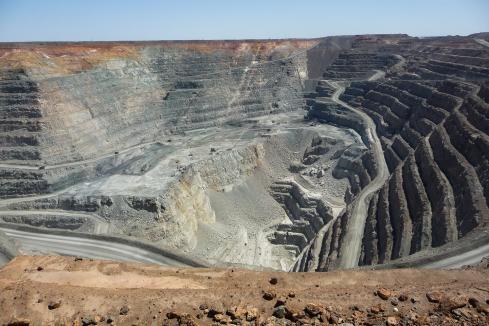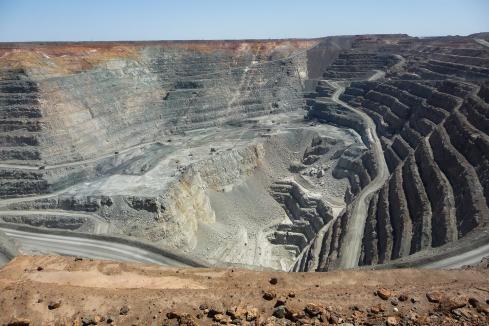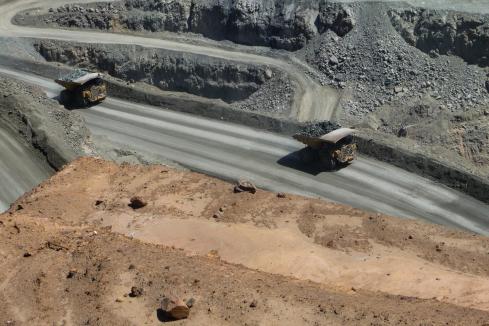CORPORATE reputations of mining companies have become increasingly important as society tries to grapple with costs and benefits of producing resources.


CORPORATE reputations of mining companies have become increasingly important as society tries to grapple with costs and benefits of producing resources.
While much of the past focus was on negative impacts from operations in remote places in developing nations, increasingly thoughts about corporate social responsibility have turned closer to home.
The Royalties for Regions push highlighted the need for more of the money made from mining to be spent in the regions where it was produced. The battle over the resources super profits tax focused on the high profitability of the miners and the perception that it was being siphoned offshore rather than reinvested in the wider community, including the regions.
Not all of this is new, but attitudes have changed significantly. Communities once grateful for any development now talk of a company’s licence to operate.
Few places could be as obvious as the Super Pit in the heart of the Goldfields capital, operated by Kalgoorlie Consolidated Gold Mines, jointly owned by North American mining giants Newmont Mining and Barrick Gold.
The open cut mine, an agglomeration of various historically separate operations, has become a source of conflict as both it and the local community have expanded.
Despite its mines being Kalgoorlie’s reason for being, the Super Pit operator still spends considerable sums on local needs. In seeking to understand the issues it faces, KCGM regularly surveys stakeholders to see how it is faring.
Interestingly, not only does KCGM look at the impact of its current operations, including an expansion approved 18 months ago, but it also examines what the community feels about the operations closure, expected later this decade.
Its 2010 Social Impact Assessment, a 102-page report produced in May by consultants Coffey, highlights this major issue.
“Given the enormity of the operation and its current impacts on the local community, serious consideration needs to be given to effective rehabilitation and closure planning,” said the Coffey report.
“KCGM’s early engagement on closure, while likely contributing to some increase in concern among businesses about future opportunities, has had direct impact in significantly improving overall (surveyed) performance by KCGM among local residents.
“Businesses may need to be more actively engaged in closure strategy planning and supported to find ways to identify new opportunities for the future in the light of closure planning.
“Local indigenous community members and the residents of Williamstown continue to be priority areas for future attention.
“These relatively ‘isolated’ groups of residents are likely to feel the effects and uncertainty surrounding closure more than other groups within the community and directed communication will be necessary over the next few years to find creative ways to engage this group in closure conversations and strategy design,” Coffey concluded.












